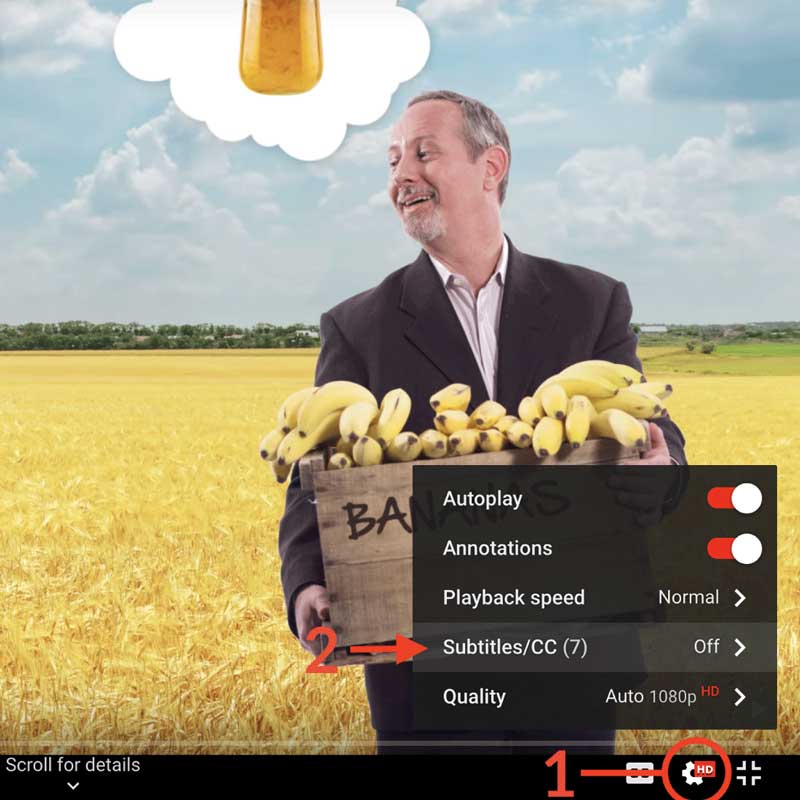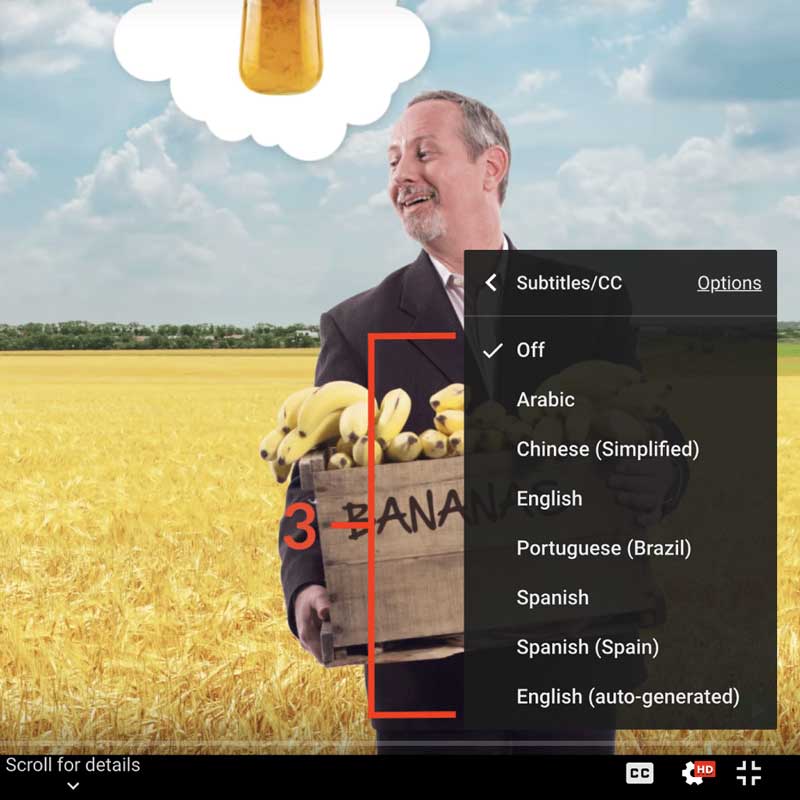Solow Model
Course Outline
Solow Model
This is "Introduction to the Solow Model" from our Principles of Economics: Macroeconomics course.
Here's a quick growth conundrum, to get you thinking.
Consider two countries at the close of World War II—Germany and Japan. At that point, they've both suffered heavy population losses. Both countries have had their infrastructure devastated. So logically, the losing countries should’ve been in a post-war economic quagmire.
So why wasn't that the case at all?
Following WWII, Germany and Japan were growing twice, sometimes three times, the rate of the winning countries, such as the United States.
Similarly, think of this quandary: in past videos, we explained to you that one of the keys to economic growth is a country's institutions. With that in mind, think of China's growth rate. China’s been growing at a breakneck pace - reported at 7 to 10% per year.
On the other hand, countries like the United States, Canada, and France have been growing at about 2% per year. Aside from their advantages in physical and human capital, there's no question that the institutions in these countries are better than those in China.
So, just as we said about Germany and Japan - why the growth?
To answer that, we turn to today's video on the Solow model of economic growth.
The Solow model was named after Robert Solow, the 1987 winner of the Nobel Prize in Economics. Among other things, the Solow model helps us understand the nuances and dynamics of growth.
The model also lets us distinguish between two types of growth: catching up growth and cutting edge growth. As you'll soon see, a country can grow much faster when it's catching up, as opposed to when it's already growing at the cutting edge.
That said, this video will allow you to see a simplified version of the model. It'll describe growth as a function of a few specific variables: labor, education, physical capital, and ideas.
Teacher Resources
Transcript
Here's a fact about economic growth that might seem counterintuitive. During World War II, Germany and Japan suffered heavy losses. Millions of people were killed. Entire cities were flattened. Roads, bridges, factories, and other resources critical to an economy were destroyed. Yet, following World War II, Germany and Japan both grew quickly. In fact, they grew much faster than did the United States. Many people wondered what was going on.
Why were the losers of the war growing faster than the winners? Here's another puzzle. In the past several decades, China has been growing at astonishing rates of growth -- 7 to 10% per year. Remember, at those rates, the standard of living -- it's doubling every 7 to 10 years. In contrast, in the advanced economies, like the United States, Canada, or France, they're growing around 2% per year, doubling only once every 35 years.
So, here's the puzzle. In the previous talks, we said that the way to get a high standard of living and economic growth is to have good institutions, like property rights, honest government, political stability, a dependable legal system, and competitive and open markets. But in each one of these cases, there's no question that the advanced economies have better institutions than does China. Plus, the advanced economies -- they've got more human and physical capital.
So, if the advanced economies have got better institutions and more capital, why are they growing slower than China? To solve these puzzles, we're going to be drawing on an important economic model: the Solow Model of Economic Growth, named for Robert Solow, who won the Nobel Prize. The Solow Model will help us to better understand the dynamics of growth. The Solow Model is also going to help us to draw a distinction between two types of growth: catching up growth and cutting-edge growth. As we'll see, catching up can be much faster than growing on the cutting edge.
Now, you might ask, "What's an economic model?" An economic model is a simplified framework that helps us to understand a more complex reality. We're going to be using a super simple version of the Solow Model that boils economic growth down to just a few key variables and some basic mathematics. Now, although it's simple, the Solow Model can provide us with some deep insights into the causes of growth. A key part of the model is a production function -- a simplified description of how resources, inputs, are used to produce output.
So, let's take a look at some of the inputs into our production function. The first key input is us, people. We use the letter "L" to represent labor. The more educated people are, the more effective their labor. So, we can multiply L by "e" for education. Together, these two variables represent human capital. Next up is physical capital, represented by the letter "K." K is all of our factories, and tools, and so forth. Last, but certainly not least, is ideas, represented by the letter "A." A represents all of our knowledge about how to combine capital and labor to produce valuable output. Everything from how to transport stuff without carrying it on your back, to how to keep diseases from spreading, to how to add up 1,000 numbers in a fraction of a second. A is ideas, and better ideas mean that we can get more bang for our buck, more output from the same inputs of capital and labor.
We can think of human capital, physical capital, and ideas being used together to produce output. That's the idea of our production function. Now, right now our production function is very abstract. But in future videos, we're going to boil it down even more and make our production function concrete. We're going to start in the next video by taking a closer look at how capital -- machines, factories, roads, and so forth -- how capital contributes to economic growth. Let's dig in.
Subtitles
Thanks to our awesome community of subtitle contributors, individual videos in this course might have additional languages. More info below on how to see which languages are available (and how to contribute more!).
How to turn on captions and select a language:
- Click the settings icon (⚙) at the bottom of the video screen.
- Click Subtitles/CC.
- Select a language.


Contribute Translations!
Join the team and help us provide world-class economics education to everyone, everywhere for free! You can also reach out to us at [email protected] for more info.
Submit subtitles
Accessibility
We aim to make our content accessible to users around the world with varying needs and circumstances.
Currently we provide:
- A website built to the W3C Web Accessibility standards
- Subtitles and transcripts for our most popular content
- Video files for download
Are we missing something? Please let us know at [email protected]
Creative Commons

This work is licensed under a Creative Commons Attribution-NoDerivatives 4.0 International License.
The third party material as seen in this video is subject to third party copyright and is used here pursuant
to the fair use doctrine as stipulated in Section 107 of the Copyright Act. We grant no rights and make no
warranties with regard to the third party material depicted in the video and your use of this video may
require additional clearances and licenses. We advise consulting with clearance counsel before relying
on the fair use doctrine.
